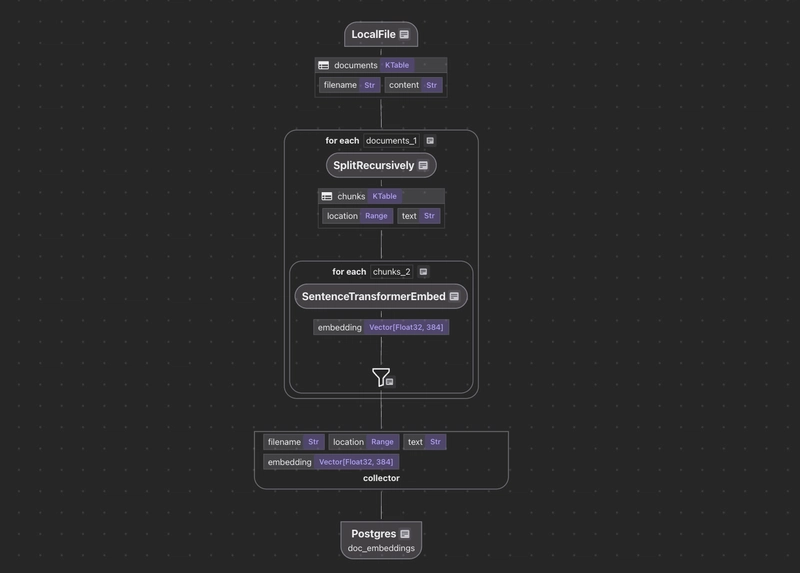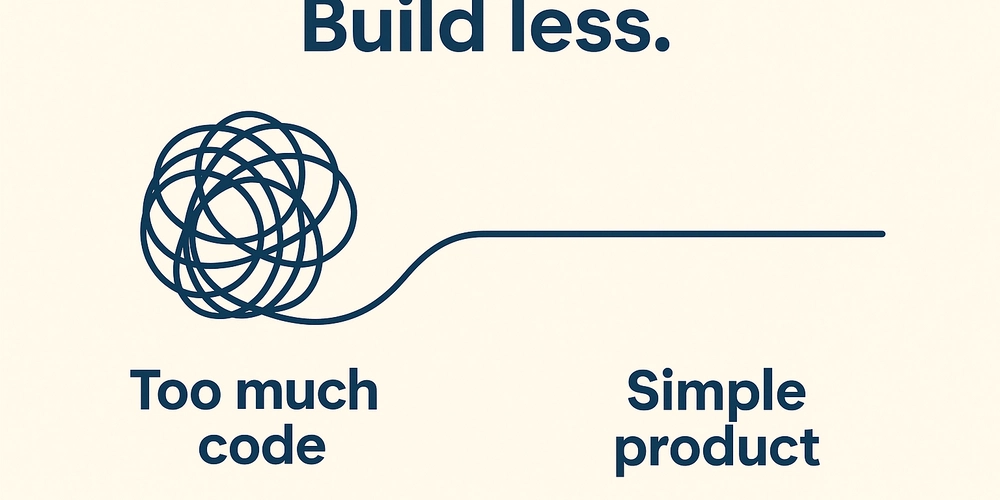Clean Architecture in Node.js APIs: Mastering Separation of Concerns
Building maintainable Node.js APIs becomes increasingly challenging as applications grow in complexity. Without proper architectural boundaries, what starts as a simple Express server can quickly evolve into an unmaintainable mess of intertwined business logic, database queries, and HTTP handling code. Clean Architecture, introduced by Robert C. Martin (Uncle Bob), provides a solution through rigorous separation of concerns. This architectural approach organizes code into concentric layers, each with distinct responsibilities, creating systems that are testable, maintainable, and adaptable to changing requirements. In this article, we'll explore how to implement Clean Architecture in Node.js APIs, providing practical examples and addressing common implementation challenges. Understanding Clean Architecture Layers Clean Architecture organizes application code into four primary layers, each with specific responsibilities and dependency rules. Entities Layer (Core Business Logic) The innermost layer contains enterprise business rules and entities. These represent the core concepts of your domain and should be completely independent of external concerns. // entities/User.js class User { constructor(id, email, hashedPassword, createdAt) { this.id = id; this.email = email; this.hashedPassword = hashedPassword; this.createdAt = createdAt; } isValidEmail() { const emailRegex = /^[^\s@]+@[^\s@]+\.[^\s@]+$/; return emailRegex.test(this.email); } isPasswordExpired(maxAgeInDays = 90) { const daysSinceCreation = (Date.now() - this.createdAt) / (1000 * 60 * 60 * 24); return daysSinceCreation > maxAgeInDays; } } module.exports = User; Use Cases Layer (Application Business Logic) Use cases orchestrate the application's business logic, coordinating between entities and external interfaces. They define what the application does but not how it does it. // usecases/CreateUserUseCase.js const User = require('../entities/User'); const bcrypt = require('bcrypt'); class CreateUserUseCase { constructor(userRepository, emailService) { this.userRepository = userRepository; this.emailService = emailService; } async execute(userData) { // Validate input if (!userData.email || !userData.password) { throw new Error('Email and password are required'); } // Check if user already exists const existingUser = await this.userRepository.findByEmail(userData.email); if (existingUser) { throw new Error('User already exists'); } // Create user entity const hashedPassword = await bcrypt.hash(userData.password, 10); const user = new User( null, // ID will be assigned by repository userData.email, hashedPassword, new Date() ); // Validate entity if (!user.isValidEmail()) { throw new Error('Invalid email format'); } // Persist user const savedUser = await this.userRepository.save(user); // Send welcome email (side effect) await this.emailService.sendWelcomeEmail(savedUser.email); return { id: savedUser.id, email: savedUser.email, createdAt: savedUser.createdAt }; } } module.exports = CreateUserUseCase; Interface Adapters Layer (Controllers and Gateways) This layer converts data between the use cases and external agencies like databases, web frameworks, or external services. // controllers/UserController.js class UserController { constructor(createUserUseCase, getUserUseCase) { this.createUserUseCase = createUserUseCase; this.getUserUseCase = getUserUseCase; } async createUser(req, res) { try { const userData = { email: req.body.email, password: req.body.password }; const result = await this.createUserUseCase.execute(userData); res.status(201).json({ success: true, data: result, message: 'User created successfully' }); } catch (error) { res.status(400).json({ success: false, error: error.message }); } } async getUser(req, res) { try { const userId = req.params.id; const user = await this.getUserUseCase.execute(userId); res.status(200).json({ success: true, data: user }); } catch (error) { res.status(404).json({ success: false, error: error.message }); } } } module.exports = UserController; Infrastructure Layer (External Interfaces) The outermost layer contains implementations for databases, web servers, external APIs, and other infrastructure concerns. // infrastructure/repositories/MongoUserRepository.js const User = require('../../entities/User'); class MongoUserRepository { constructor(mongoClient) { this.collection = mongoClient.db('myapp').collection('users'); } async save(user) { const userData = { email: u
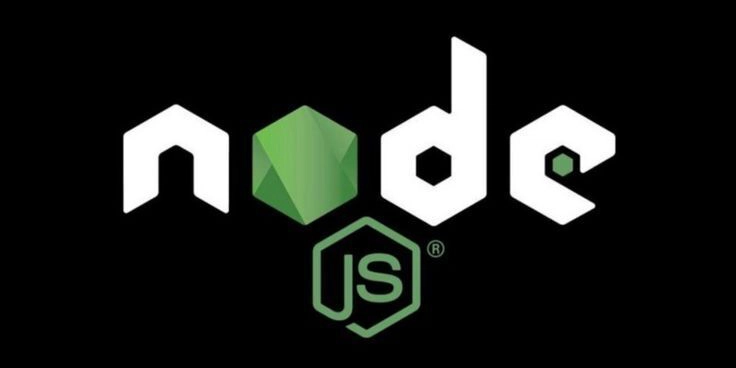
Building maintainable Node.js APIs becomes increasingly challenging as applications grow in complexity. Without proper architectural boundaries, what starts as a simple Express server can quickly evolve into an unmaintainable mess of intertwined business logic, database queries, and HTTP handling code. Clean Architecture, introduced by Robert C. Martin (Uncle Bob), provides a solution through rigorous separation of concerns.
This architectural approach organizes code into concentric layers, each with distinct responsibilities, creating systems that are testable, maintainable, and adaptable to changing requirements. In this article, we'll explore how to implement Clean Architecture in Node.js APIs, providing practical examples and addressing common implementation challenges.
Understanding Clean Architecture Layers
Clean Architecture organizes application code into four primary layers, each with specific responsibilities and dependency rules.
Entities Layer (Core Business Logic)
The innermost layer contains enterprise business rules and entities. These represent the core concepts of your domain and should be completely independent of external concerns.
// entities/User.js
class User {
constructor(id, email, hashedPassword, createdAt) {
this.id = id;
this.email = email;
this.hashedPassword = hashedPassword;
this.createdAt = createdAt;
}
isValidEmail() {
const emailRegex = /^[^\s@]+@[^\s@]+\.[^\s@]+$/;
return emailRegex.test(this.email);
}
isPasswordExpired(maxAgeInDays = 90) {
const daysSinceCreation = (Date.now() - this.createdAt) / (1000 * 60 * 60 * 24);
return daysSinceCreation > maxAgeInDays;
}
}
module.exports = User;
Use Cases Layer (Application Business Logic)
Use cases orchestrate the application's business logic, coordinating between entities and external interfaces. They define what the application does but not how it does it.
// usecases/CreateUserUseCase.js
const User = require('../entities/User');
const bcrypt = require('bcrypt');
class CreateUserUseCase {
constructor(userRepository, emailService) {
this.userRepository = userRepository;
this.emailService = emailService;
}
async execute(userData) {
// Validate input
if (!userData.email || !userData.password) {
throw new Error('Email and password are required');
}
// Check if user already exists
const existingUser = await this.userRepository.findByEmail(userData.email);
if (existingUser) {
throw new Error('User already exists');
}
// Create user entity
const hashedPassword = await bcrypt.hash(userData.password, 10);
const user = new User(
null, // ID will be assigned by repository
userData.email,
hashedPassword,
new Date()
);
// Validate entity
if (!user.isValidEmail()) {
throw new Error('Invalid email format');
}
// Persist user
const savedUser = await this.userRepository.save(user);
// Send welcome email (side effect)
await this.emailService.sendWelcomeEmail(savedUser.email);
return {
id: savedUser.id,
email: savedUser.email,
createdAt: savedUser.createdAt
};
}
}
module.exports = CreateUserUseCase;
Interface Adapters Layer (Controllers and Gateways)
This layer converts data between the use cases and external agencies like databases, web frameworks, or external services.
// controllers/UserController.js
class UserController {
constructor(createUserUseCase, getUserUseCase) {
this.createUserUseCase = createUserUseCase;
this.getUserUseCase = getUserUseCase;
}
async createUser(req, res) {
try {
const userData = {
email: req.body.email,
password: req.body.password
};
const result = await this.createUserUseCase.execute(userData);
res.status(201).json({
success: true,
data: result,
message: 'User created successfully'
});
} catch (error) {
res.status(400).json({
success: false,
error: error.message
});
}
}
async getUser(req, res) {
try {
const userId = req.params.id;
const user = await this.getUserUseCase.execute(userId);
res.status(200).json({
success: true,
data: user
});
} catch (error) {
res.status(404).json({
success: false,
error: error.message
});
}
}
}
module.exports = UserController;
Infrastructure Layer (External Interfaces)
The outermost layer contains implementations for databases, web servers, external APIs, and other infrastructure concerns.
// infrastructure/repositories/MongoUserRepository.js
const User = require('../../entities/User');
class MongoUserRepository {
constructor(mongoClient) {
this.collection = mongoClient.db('myapp').collection('users');
}
async save(user) {
const userData = {
email: user.email,
hashedPassword: user.hashedPassword,
createdAt: user.createdAt
};
const result = await this.collection.insertOne(userData);
return new User(
result.insertedId,
userData.email,
userData.hashedPassword,
userData.createdAt
);
}
async findByEmail(email) {
const userData = await this.collection.findOne({ email });
if (!userData) {
return null;
}
return new User(
userData._id,
userData.email,
userData.hashedPassword,
userData.createdAt
);
}
async findById(id) {
const userData = await this.collection.findOne({ _id: id });
if (!userData) {
return null;
}
return new User(
userData._id,
userData.email,
userData.hashedPassword,
userData.createdAt
);
}
}
module.exports = MongoUserRepository;
Practical Implementation Strategy
Dependency Injection and Composition Root
Clean Architecture relies heavily on dependency injection to maintain proper layer separation. Create a composition root that wires up all dependencies:
// infrastructure/CompositionRoot.js
const express = require('express');
const { MongoClient } = require('mongodb');
// Use Cases
const CreateUserUseCase = require('../usecases/CreateUserUseCase');
const GetUserUseCase = require('../usecases/GetUserUseCase');
// Infrastructure
const MongoUserRepository = require('./repositories/MongoUserRepository');
const EmailService = require('./services/EmailService');
// Controllers
const UserController = require('../controllers/UserController');
class CompositionRoot {
static async setup() {
// Infrastructure setup
const mongoClient = await MongoClient.connect(process.env.MONGO_URL);
const userRepository = new MongoUserRepository(mongoClient);
const emailService = new EmailService();
// Use cases setup
const createUserUseCase = new CreateUserUseCase(userRepository, emailService);
const getUserUseCase = new GetUserUseCase(userRepository);
// Controllers setup
const userController = new UserController(createUserUseCase, getUserUseCase);
return {
userController,
mongoClient
};
}
}
module.exports = CompositionRoot;
Express Application Setup
Wire everything together in your main application file:
// app.js
const express = require('express');
const CompositionRoot = require('./infrastructure/CompositionRoot');
async function createApp() {
const app = express();
app.use(express.json());
const { userController } = await CompositionRoot.setup();
// Routes
app.post('/users', (req, res) => userController.createUser(req, res));
app.get('/users/:id', (req, res) => userController.getUser(req, res));
return app;
}
module.exports = createApp;
Testing Strategy
Clean Architecture makes testing straightforward by allowing you to test each layer in isolation:
// tests/usecases/CreateUserUseCase.test.js
const CreateUserUseCase = require('../../usecases/CreateUserUseCase');
describe('CreateUserUseCase', () => {
let useCase;
let mockUserRepository;
let mockEmailService;
beforeEach(() => {
mockUserRepository = {
findByEmail: jest.fn(),
save: jest.fn()
};
mockEmailService = {
sendWelcomeEmail: jest.fn()
};
useCase = new CreateUserUseCase(mockUserRepository, mockEmailService);
});
it('should create a new user successfully', async () => {
mockUserRepository.findByEmail.mockResolvedValue(null);
mockUserRepository.save.mockResolvedValue({
id: '123',
email: 'test@example.com',
createdAt: new Date()
});
const result = await useCase.execute({
email: 'test@example.com',
password: 'password123'
});
expect(result.email).toBe('test@example.com');
expect(mockEmailService.sendWelcomeEmail).toHaveBeenCalledWith('test@example.com');
});
it('should throw error if user already exists', async () => {
mockUserRepository.findByEmail.mockResolvedValue({ id: '123' });
await expect(useCase.execute({
email: 'test@example.com',
password: 'password123'
})).rejects.toThrow('User already exists');
});
});
Addressing Common Challenges
Over-Engineering Concerns
The most common criticism of Clean Architecture is complexity overhead for simple applications. Start with a basic separation between controllers, services, and repositories, then evolve toward full Clean Architecture as complexity increases.
Performance Considerations
Multiple abstraction layers can introduce performance overhead. Profile your application and optimize hot paths by reducing unnecessary abstraction where performance is critical.
Team Adoption
Introduce Clean Architecture gradually. Start with new features and refactor existing code incrementally. Provide team training and establish clear coding standards.
Key Benefits and Trade-offs
Benefits
Testability: Each layer can be tested in isolation with minimal setup
Maintainability: Changes are localized to specific layers
Flexibility: Easy to swap implementations (databases, external services)
Scalability: Clear boundaries make it easier to split code across teams
Trade-offs
- Initial Complexity: More boilerplate code and setup
- Learning Curve: Team members need to understand architectural concepts
- Potential Over-Engineering: May be excessive for very simple applications
Conclusion
Clean Architecture provides a robust foundation for building maintainable Node.js APIs through rigorous separation of concerns. While it requires initial investment in setup and team education, the long-term benefits in code quality, testability, and maintainability make it worthwhile for serious applications.
The key to successful implementation is starting simple and evolving the architecture as your application grows in complexity. Focus on maintaining clear boundaries between layers and resist the temptation to create shortcuts that violate the dependency rule.
Key Takeaways
- Organize code into distinct layers with clear responsibilities
- Use dependency injection to maintain proper separation
- Start with basic separation and evolve toward full Clean Architecture
- Invest in comprehensive testing at each layer
- Consider the trade-offs between architectural purity and practical development needs
Next Steps
- Identify a current Node.js project that could benefit from better separation of concerns
- Start by extracting business logic from controllers into separate service classes
- Implement dependency injection for better testability
- Gradually introduce more architectural layers as complexity grows
- Establish team standards and provide training on Clean Architecture principles
Remember, architecture serves the team and the business—adapt these patterns to fit your specific context and constraints.















































































































































































![[The AI Show Episode 148]: Microsoft’s Quiet AI Layoffs, US Copyright Office’s Bombshell AI Guidance, 2025 State of Marketing AI Report, and OpenAI Codex](https://www.marketingaiinstitute.com/hubfs/ep%20148%20cover%20%281%29.png)


![[The AI Show Episode 146]: Rise of “AI-First” Companies, AI Job Disruption, GPT-4o Update Gets Rolled Back, How Big Consulting Firms Use AI, and Meta AI App](https://www.marketingaiinstitute.com/hubfs/ep%20146%20cover.png)





































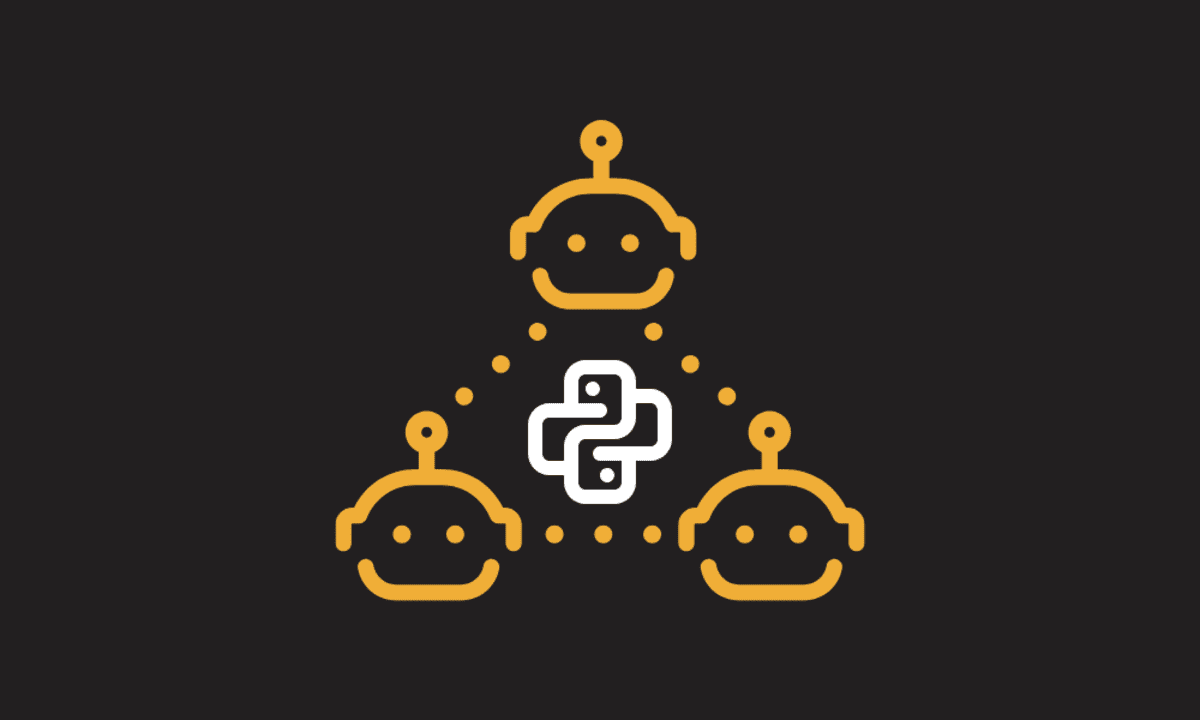


















































































![[FREE EBOOKS] The Embedded Linux Security Handbook, Modern Generative AI with ChatGPT and OpenAI Models & Four More Best Selling Titles](https://www.javacodegeeks.com/wp-content/uploads/2012/12/jcg-logo.jpg)





![Laid off but not afraid with X-senior Microsoft Dev MacKevin Fey [Podcast #173]](https://cdn.hashnode.com/res/hashnode/image/upload/v1747965474270/ae29dc33-4231-47b2-afd1-689b3785fb79.png?#)








































































































































_David_Hall_-Alamy.jpg?width=1280&auto=webp&quality=80&disable=upscale#)
_Andriy_Popov_Alamy_Stock_Photo.jpg?width=1280&auto=webp&quality=80&disable=upscale#)
















































































-xl.jpg)

























![Xiaomi Tops Wearables Market as Apple Slips to Second in Q1 2025 [Chart]](https://www.iclarified.com/images/news/97417/97417/97417-640.jpg)


![Apple Shares Official Trailer for Season 2 of 'The Buccaneers' [Video]](https://www.iclarified.com/images/news/97414/97414/97414-640.jpg)
























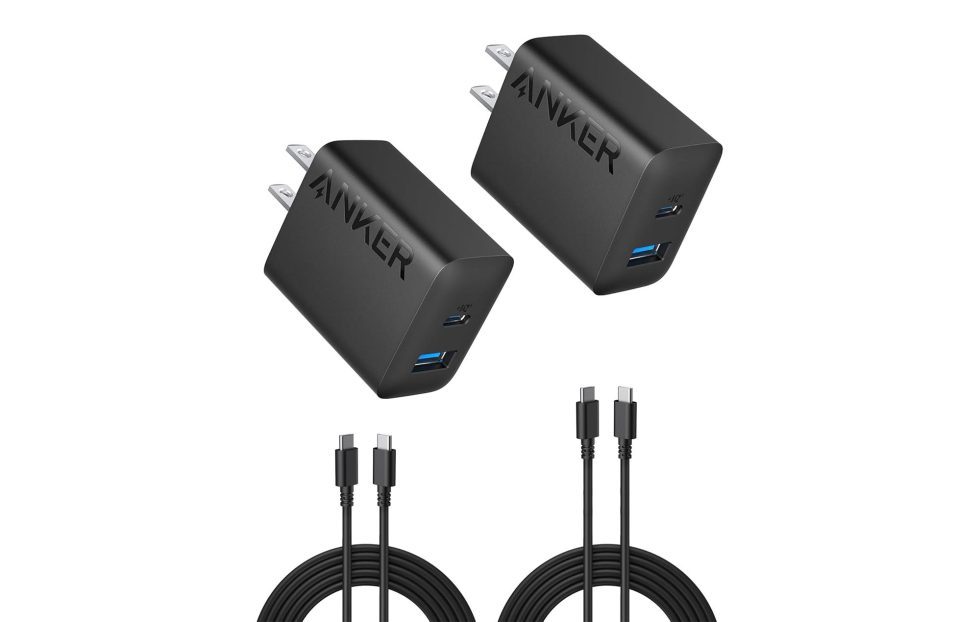

























![T-Mobile Starlink beta’s list of eligible devices reduced, some phones no longer allowed [UPDATED]](https://m-cdn.phonearena.com/images/article/170719-two/T-Mobile-Starlink-betas-list-of-eligible-devices-reduced-some-phones-no-longer-allowed-UPDATED.jpg?#)


















